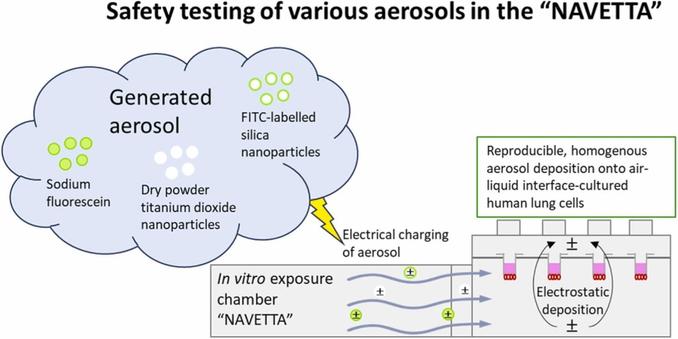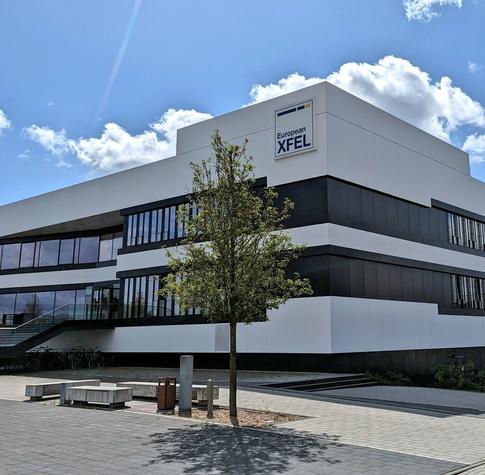Optical properties of coated black carbon aggregates: numerical simulations, radiative forcing estimates, and size-resolved parameterization scheme
<p><strong class="journal-contentHeaderColor">Abstract.</strong> The formation of black carbon fractal aggregates (BCFAs) from
combustion and subsequent ageing involves several stages resulting in
modifications of particle size, morphology, and composition over time. To
understand and quantify how each of these modifications influences the BC
radiative forcing, the optical properties of BCFAs are modelled. Owing to
the high computational time involved in numerical modelling, there are some
gaps in terms of data coverage and knowledge regarding how optical
properties of coated BCFAs vary over the range of different factors (size,
shape, and composition). This investigation bridged those gaps by following
a state-of-the-art description scheme of BCFAs based on morphology,
composition, and wavelength. The BCFA optical properties were investigated
as a function of the radius of the primary particle (<span class="inline-formula"><i>a</i><sub>o</sub></span>), fractal dimension (<span class="inline-formula"><i>D</i><sub>f</sub></span>), fraction of organics (<span class="inline-formula"><i>f</i><sub>organics</sub></span>), wavelength (<span class="inline-formula"><i>λ</i></span>), and mobility diameter (<span class="inline-formula"><i>D</i><sub>mob</sub></span>). The optical properties are
calculated using the multiple-sphere T-matrix (MSTM) method. For the first
time, the modelled optical properties of BC are expressed in terms of
mobility diameter (<span class="inline-formula"><i>D</i><sub>mob</sub></span>), making the results more relevant and
relatable for ambient and laboratory BC studies. Amongst size, morphology,
and composition, all the optical properties showed the highest variability
with changing size. The cross sections varied from 0.0001 to
0.1 <span class="inline-formula">µ</span>m<span class="inline-formula"><sup>2</sup></span> for BCFA <span class="inline-formula"><i>D</i><sub>mob</sub></span> ranging from 24 to 810 nm. It has been shown that MAC<span class="inline-formula"><sub>BC</sub></span> and single-scattering albedo (SSA) are sensitive to morphology, especially for larger particles with <span class="inline-formula"><i>D</i><sub>mob</sub></span> <span class="inline-formula">></span> 100 nm. Therefore, while using
the simplified core–shell representation of BC in global models, the
influence of morphology on radiative forcing estimations might not be
adequately considered. The Ångström absorption exponent (AAE) varied from
1.06 up to 3.6 and increased with the fraction of organics
(<span class="inline-formula"><i>f</i><sub>organics</sub></span>). Measurement results of AAE <span class="inline-formula">≫</span> 1 are
often misinterpreted as biomass burning aerosol, it was observed that the AAE of purely black carbon particles can be <span class="inline-formula">≫</span> 1 in
the case of larger BC particles. The values of the absorption enhancement
factor (<span class="inline-formula"><i>E</i><sub><i>λ</i></sub></span>) via coating were found to be between 1.01 and 3.28 in the
visible spectrum. The <span class="inline-formula"><i>E</i><sub><i>λ</i></sub></span> was derived from Mie calculations for
coated volume equivalent spheres and from MSTM for coated BCFAs. Mie-calculated enhancement factors were found to be larger by a factor of 1.1 to 1.5 than their corresponding values calculated from the MSTM method. It is shown that radiative forcings are highly sensitive to modifications in morphology and composition. The black carbon radiative forcing <span class="inline-formula">Δ<i>F</i><sub>TOA</sub></span> (W m<span class="inline-formula"><sup>−2</sup></span>) decreases up to 61 % as the BCFA becomes more compact, indicating that global model calculations should account for changes in morphology. A decrease of more than 50 % in <span class="inline-formula">Δ<i>F</i><sub>TOA</sub></span> was observed as the organic content of the particle increased up to 90 %. The changes in the ageing factors (composition and morphology) in tandem result in an overall decrease in the <span class="inline-formula">Δ<i>F</i><sub>TOA</sub></span>. A parameterization scheme for optical properties of BC fractal aggregates was developed, which is applicable for modelling, ambient, and laboratory-based BC studies. The parameterization scheme for the cross sections (extinction, absorption,<span id="page12990"/> and scattering), single-scattering albedo (SSA), and asymmetry parameter (<span class="inline-formula"><i>g</i></span>) of pure and coated BCFAs as a function of <span class="inline-formula"><i>D</i><sub>mob</sub></span> were derived from tabulated
results of the MSTM method. Spanning an extensive parameter space, the
developed parameterization scheme showed promisingly high accuracy up to
98 % for the cross sections, 97 % for single-scattering albedos (SSAs), and 82 % for the asymmetry parameter (<span class="inline-formula"><i>g</i></span>).</p>


